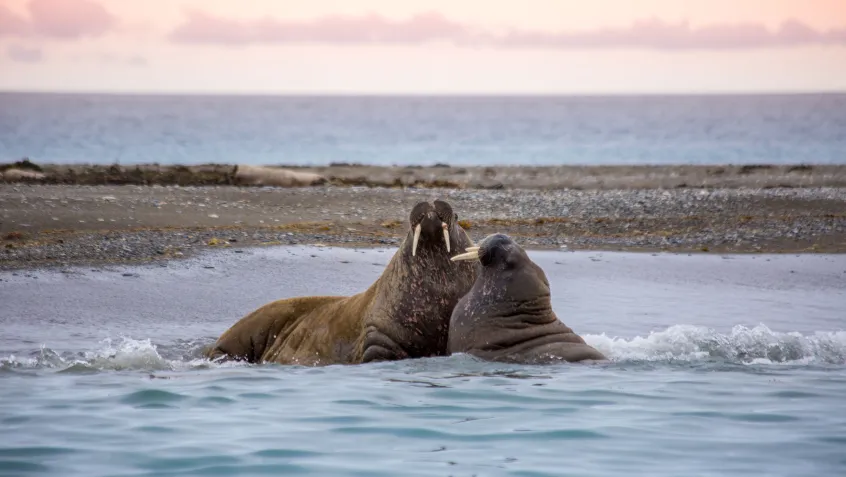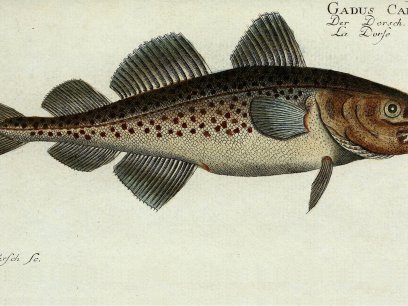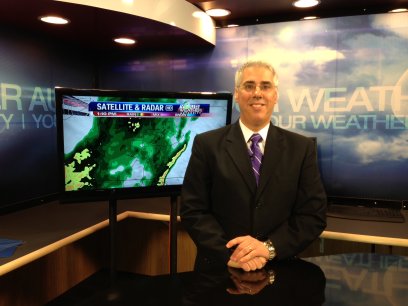
With the release of the National Snow and Ice Data Center's analysis of 2019's conditions for sea ice minimum, it's a good time to take a look at the role this ice plays in the larger Arctic ecosystem, and how different marine mammals rely on this fluctuating resource.
Polar bears
Polar bears spend most of their time on sea ice, using these floating platforms as their base of operations for hunting and feeding on ringed seals, their primary prey, as well as a habitat to look for potential mates and eventually breed. Sea ice is also used to help polar bears get from point A to point B—in this manner, the sea ice serves as their transportation infrastructure, helping polar bears move inland to their terrestrial denning areas, and to make other long-distance movements.
Arctic ringed seals
The smallest seal in the Arctic, the ringed seal uses sea ice for shelter, giving birth (pupping), and for resting. Their thick claws can create and maintain breathing holes in the ice, allowing the seals to remain in the water beneath the ice for extended periods of time. Atop these breathing holes the female seals may construct a lair in the ice, which is used for resting, as well as pupping and nursing their young. Outside of the lair, the seals take advantage of the surface of the sea ice to bask in the sun while they complete their molt.
Walruses
Like their pinniped brethren the ringed seals, walruses are also highly dependent on sea ice for birthing and haul-out space (when the marine mammals will emerge from the water to rest after feeding bouts), with birthing concentrated in the late spring, and haul-out occurring throughout much of the year. The walruses also rely on sea ice as a source of stability and safety during storms, taking refuge on the floating platforms for protection from the roiling seas.
With these dependencies in mind, take a look at the trends scientists are observing in arctic sea ice cover: Diminishing Arctic Sea Ice.
Sources:
- Alaska Regional Office, Marine Mammals Management Office. n.d. Environmental Assessment: Endangered Species Act 4(d) Regulations for Threatened Polar Bears. Anchorage: US Fish and Wildlife Service. https://www.fws.gov/alaska/fisheries/mmm/polarbear/pdf/20130206_Final%20EA.pdf
- Kovacs, K. M., P. Lemons, J. G. MacCracken, C. Lydersen. 2015. Walruses in a Time of Climate Change [in Arctic Report Card 2015]. NOAA. http://www.arctic.noaa.gov/reportcard/walruses.html
- NOAA Fisheries. 2016. "Ringed Seal (Phoca hispida)." NOAA. Accessed September 27. http://www.nmfs.noaa.gov/pr/species/mammals/seals/ringed-seal.html
- NOAA Fisheries, Alaska Region. 2014. Arctic Ringed Seal Critical Habitat: Questions & Answers. National Marine Fisheries Service, NOAA. https://alaskafisheries.noaa.gov/sites/default/files/qa_ringedch.pdf


